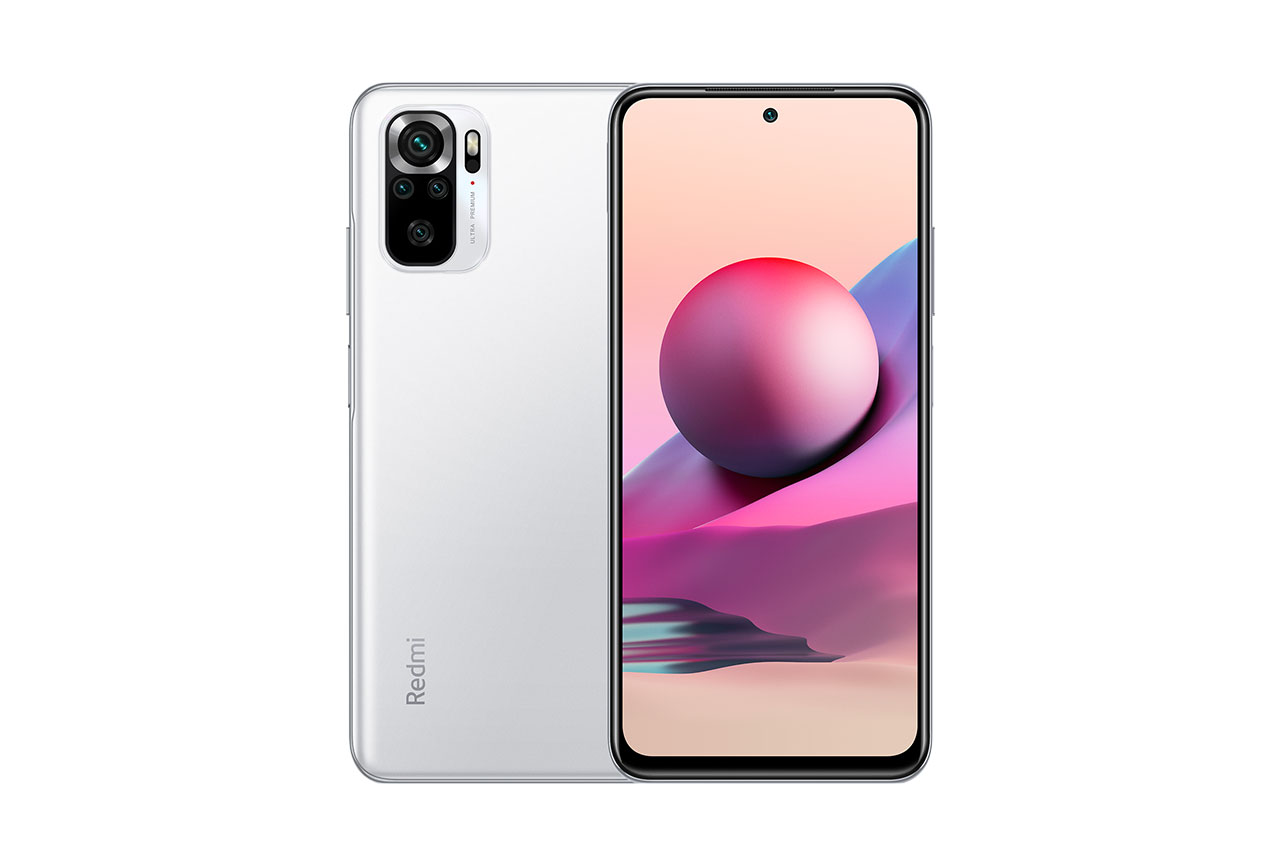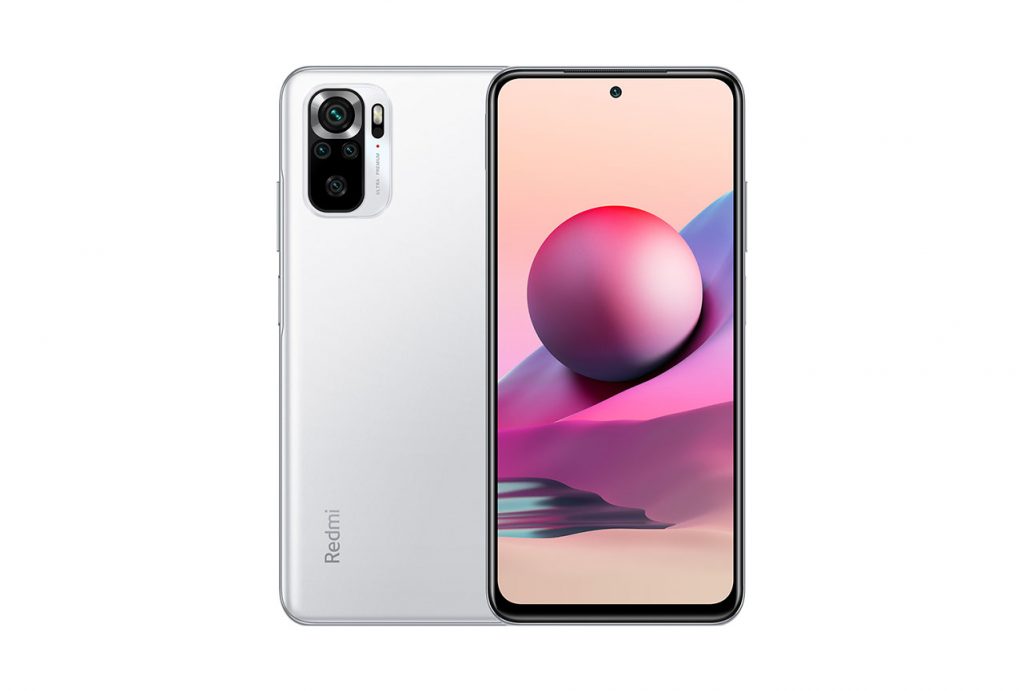Released in March 2021, the Xiaomi Redmi Note 10S is in our Essential (under $200) category. It sports a multi-cam setup with a 64 MP main camera and stereo speakers, among other features. Let’s take a look at the kind of battery experience you can expect from it, based on our comprehensive Battery protocol tests.
Key specifications:
- Battery capacity: 5000 mAh
- 33W charger
- 6.43-inch, 1080 x 2400, 60 Hz OLED display
- Mediatek Helio G95 (12 nm) chipset
- Tested RAM / storage combination: 6 GB + 64 GB
About DXOMARK Battery tests: For scoring and analysis in our smartphone battery reviews, DXOMARK engineers perform a variety of objective tests over a week-long period both indoors and outdoors. This article highlights the most important results of our testing. (See our introductory and how we test articles for more details about our smartphone Battery protocol.)
Test summary
Scoring
Sub-scores and attributes included in the calculations of the global score.

Xiaomi Redmi Note 10S


Key performances
These key points are derived from the lab measurements during testing and do not figure into the overall score. The lab measurements, however, are used for the overall score.
 56th
56th
 4th
4th
Pros
- Well-balanced device
- More than 2.5 days of autonomy
- Reaches an 80% charge in only 52 minutes
Cons
- Weak on-the-go performance
- When gauge first shows 100%, battery is only 92.9% charged
The Xiaomi Redmi Note 10S comes with a better chipset, a more powerful charger, an FHD vs HD screen, and more RAM than its rivals in this comparison, the Realme C21 and the Vivo Y20s, also in the Essential category. The table below shows the battery capacity, charger, display type and resolution, and processor specifications for all three devices.
|
Xiaomi Redmi Note 10S |
Realme C21 |
Vivo Y20s |
|
| Battery (mAh) |
5000 |
5000 |
5000 |
| Charger |
33W |
10W |
18W |
| Display type |
OLED |
LCD |
LCD |
| Resolution |
1080 x 2400 |
720 x 1600 |
720 x 1600 |
| Processor |
Mediatek Helio G95 12 nm |
Mediatek Helio G35 12 nm |
Qualcomm Snapdragon 460 11 nm |
Autonomy (78)
How long a battery charge lasts depends not only on battery capacity, but also other aspects of the phone’s hardware and software. The DXOMARK Battery autonomy score is composed of three performance sub-scores: (1) Stationary, (2) On the go, and (3) Calibrated use cases. Each sub-score comprises the results of a comprehensive range of tests for measuring autonomy in all kinds of real-life scenarios.
The Xiaomi Redmi Note 10S’s autonomy performance is slightly above average for this segment

Stationary
Xiaomi Redmi Note 10S
86
104
A robot housed in a Faraday cage performs a set of touch-based user actions during what we call our “typical usage scenario” (TUS) — making calls, video streaming, etc. — 4 hours of active use over the course of a 16-hour period, plus 8 hours of “sleep.” The robot repeats this set of actions every day until the device runs out of power.
The Redmi Note 10S lasted almost 3 days during our TUS testing, outlasted by the Vivo Y20s, which also did better at night management.

On the go
Xiaomi Redmi Note 10S
67
96
Using a smartphone on the go takes a toll on autonomy because of extra “hidden” demands, such as the continuous signaling associated with cellphone network selection, for example. DXOMARK Battery experts take the phone outside and perform a precisely defined set of activities while following the same three-hour travel itinerary for each device.
The Xiaomi Redmi Note 10S put in a weak performance in all our on the go tests, with below-average results for a device in its price range, and coming in last among its rivals for call, navigation, and camera.

Calibrated
Xiaomi Redmi Note 10S
72
100
For this series of tests, the smartphone returns to the Faraday cage and our robots repeatedly perform actions linked to one specific use case (such as gaming, video streaming, etc.) at a time. Starting from an 80% charge, all devices are tested until they have expended at least 5% of their battery power.
The Redmi Note 10S beats its rivals in here, showing decent idle time management, impressive performance for 4G video streaming, and above-average results for all calibrated tests.
Charging (77)
The DXOMARK Battery charging score is composed of two sub-scores, Full charge and Quick boost. Full charge tests assess the reliability of the battery power gauge; measure how long it takes to charge a battery from 0% to 80% capacity and from 80% to 100%; and measure how long and how much power the battery takes to go from an indicated 100% to an actual full charge. With the phone at different charge levels (20%, 40%, 60%, 80%), Quick boost tests measure the amount of charge the battery receives after being plugged in for 5 minutes.
Thanks to its 33W charger, the Xiaomi Redmi Note 10S easily comes in first among its competitors here.

Full charge
Xiaomi Redmi Note 10S
71
121
It takes the Xiaomi Redmi Note 10S 52 minutes to go from empty to an 80% charge, and 1 hour 30 minutes to fully charge. It takes the Realme (10W charger) 3 hours 07 minutes and the Vivo (18W charger) 2 hours 28 minutes to achieve a full charge.
One drawback for the Xiaomi device is that when its gauge first displays 100%, it’s actually only 92.9% full, requiring another 22 minutes to fully charge.

Quick boost
Xiaomi Redmi Note 10S
81
111
Users who plug in the Redmi Note 10S for 5 minutes will gain an average of 4 hours 27 minutes of autonomy, which is 3 hours more than the Realme and 2 hours more than the Vivo.
| Xiaomi Redmi Note 10S | Realme C21 | Vivo Y20s | ||
| Autonomy boost (hh:mm) | 20% | 4:36 | 1:25 | 2:45 |
| 40% | 4:21 | 1:27 | 2:36 | |
| 60% | 4:15 | 1:29 | 2:32 | |
| 80% | 2:54 | 1:20 | 1:45 | |
| Percentage boost | 20% | 9.5 % | 3.7 % | 5.5 % |
| 40% | 9 % | 3.7 % | 5.2 % | |
| 60% | 8.8 % | 3.8 % | 5.1 % | |
| 80% | 6 % | 3.4 % | 3.5 % | |
| Energy consumed | 20% | 2373 mWh | 1049 mWh | 1508 mWh |
| 40% | 2250 mWh | 1063 mWh | 1425 mWh | |
| 60% | 2197 mWh | 1087 mWh | 1387 mWh | |
| 80% | 1496 mWh | 981 mWh | 962 mWh |
Efficiency (90)
Our Efficiency score comprises two sub-scores, Charge up and Discharge. Charge up is the efficiency of a full charge (how much energy is drained from the wall outlet vs the energy capacity of the battery, as well as the efficiency of the charger and its residual consumption). Discharge is how much current the smartphone drains from the battery when in use (the ratio of battery capacity over autonomy). Better autonomy with a smaller battery means better efficiency.

Charge up
Xiaomi Redmi Note 10S
59
105
The Redmi Note 10S has the best results for a device in this segment to date, with an efficient adapter and better efficiency than either the Realme or the Vivo. Further, its residual consumption when plugged in is very low (again, the best result in its segment); however, its residual consumption when the phone is unplugged below average (but still better than its rivals).

Discharge
Xiaomi Redmi Note 10S
94
121
The Xiaomi Redmi Note 10S is far ahead of its competitors for discharge efficiency.
Conclusion
The Xiaomi Redmi Note 10S is very well-balanced and one of the best devices you can buy if you are looking for decent specs for a low price.



DXOMARK encourages its readers to share comments on the articles. To read or post comments, Disqus cookies are required. Change your Cookies Preferences and read more about our Comment Policy.